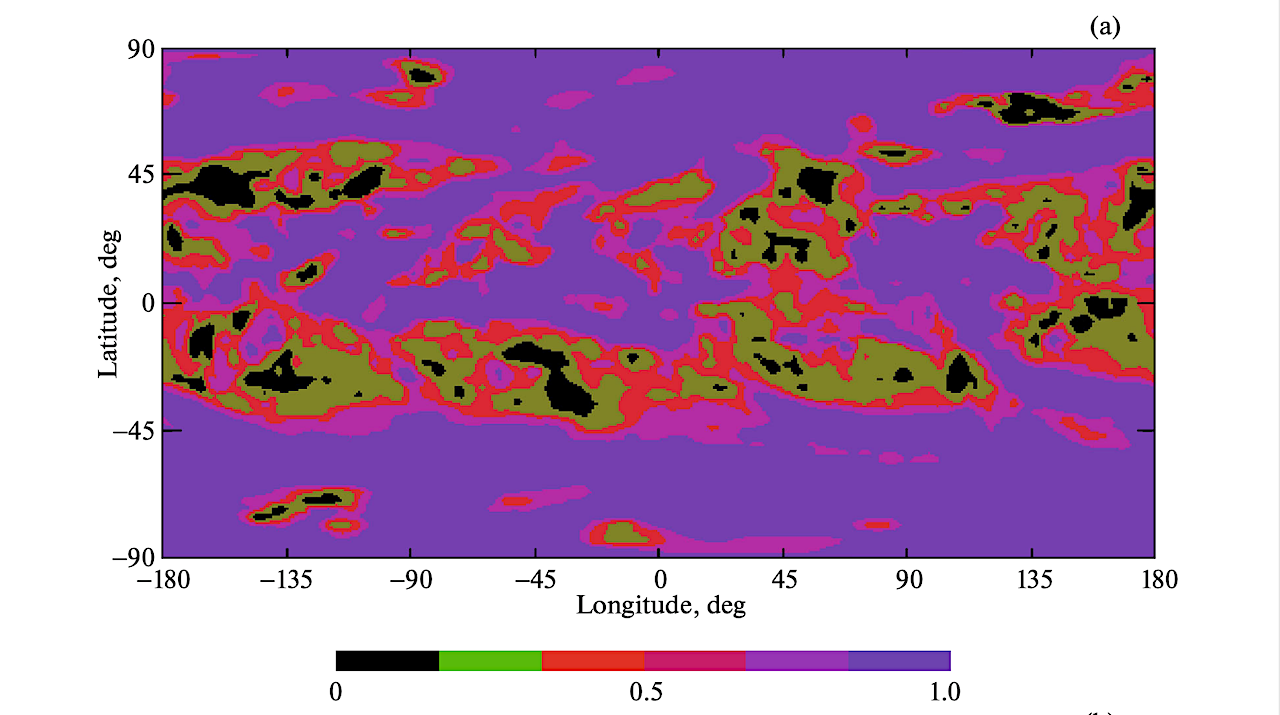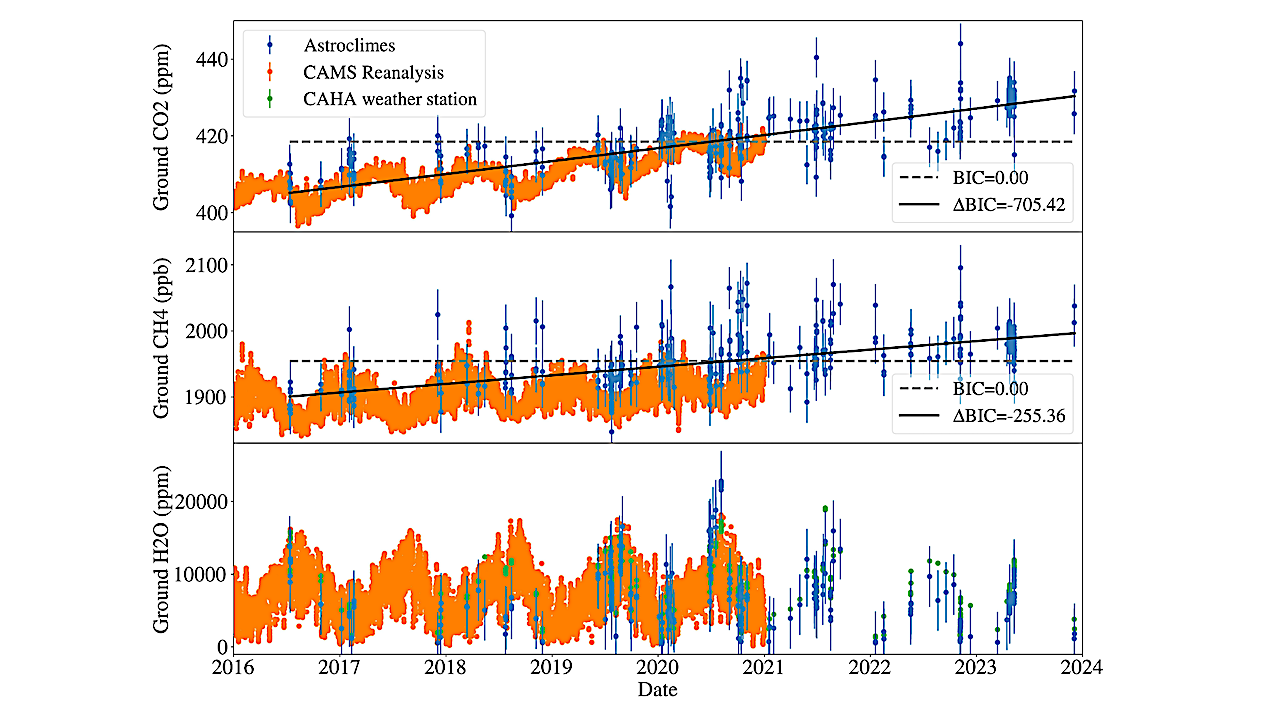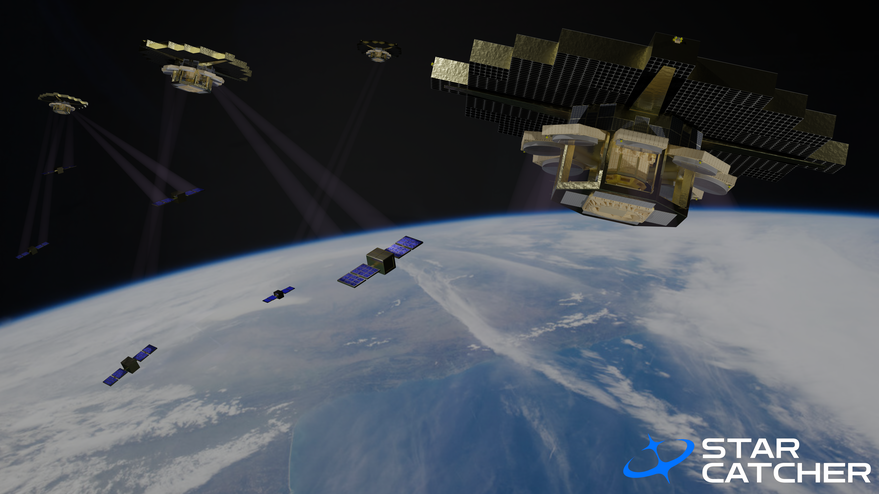The distribution maps of clouds for longitudes from –180° to 180° and latitudes from –90° to 90° for the models of the Earth (P = 1 d) (a) and the
Hot Posts692- Page
Arctic sea ice maximum extent 2025, still image — NASA UC Riverside researchers have discovered a piece that was missing in previous descriptions of the way Earth recycles its carbon.
Ground level DMFs retrieved by Astroclimes (blue) and from the CAMS global greenhouse gas reanalysis model (orange) for CO2 (top), CH4 (middle) and H2O (bottom), the latter which also shows
This article was originally published at The Conversation. The publication contributed the article to Space.com’s Expert Voices: Op-Ed & Insights. A clever mathematical tool known as virtual particles unlocks the
This study investigates the relative contributions of brine composition and UV photochemistry in biosignature preservation in hypersaline environments on Earth and in space using Halobacterium salinarum cell envelopes. — Nature
SYDNEY — An Australian company that is a leader in taking images of spacecraft in low Earth orbit is seeking to widen its aperture to monitor higher orbits, and even
WASHINGTON — SpaceX is set to conduct its next Starship test flight as the company continues to test the launch vehicle and play well with others in airspace. The Flight
PARIS – Astro Digital announced plans Sept. 16 to purchase and distribute power from Florida startup Star Catcher’s future space-based energy grid. The goal is to enable ESPA-class satellites like
WASHINGTON — A startup named Cosmic Shielding says it has found a way to close the technology gap that limits how much computing power satellites can carry into orbit. The
SpaceX’s Starship megarocket will fly again less than two weeks from now, if all goes according to plan. SpaceX announced on Monday (Sept. 29) that it’s targeting Oct. 13 for
-
 012024 in Review: Highlights from NASA in Silicon Valley
012024 in Review: Highlights from NASA in Silicon Valley -
 02Panasonic Leica Summilux DG 15mm f/1.7 ASPH review
02Panasonic Leica Summilux DG 15mm f/1.7 ASPH review -
 03How New NASA, India Earth Satellite NISAR Will See Earth
03How New NASA, India Earth Satellite NISAR Will See Earth -
 04And Thus Begins A New Year For Life On Earth
04And Thus Begins A New Year For Life On Earth -
 05Astronomy Activation Ambassadors: A New Era
05Astronomy Activation Ambassadors: A New Era -
06SpaceX launch surge helps set new global launch record in 2024
-
 07Space Force plans new ‘Futures Command’ amid pressure to speed up modernization
07Space Force plans new ‘Futures Command’ amid pressure to speed up modernization














